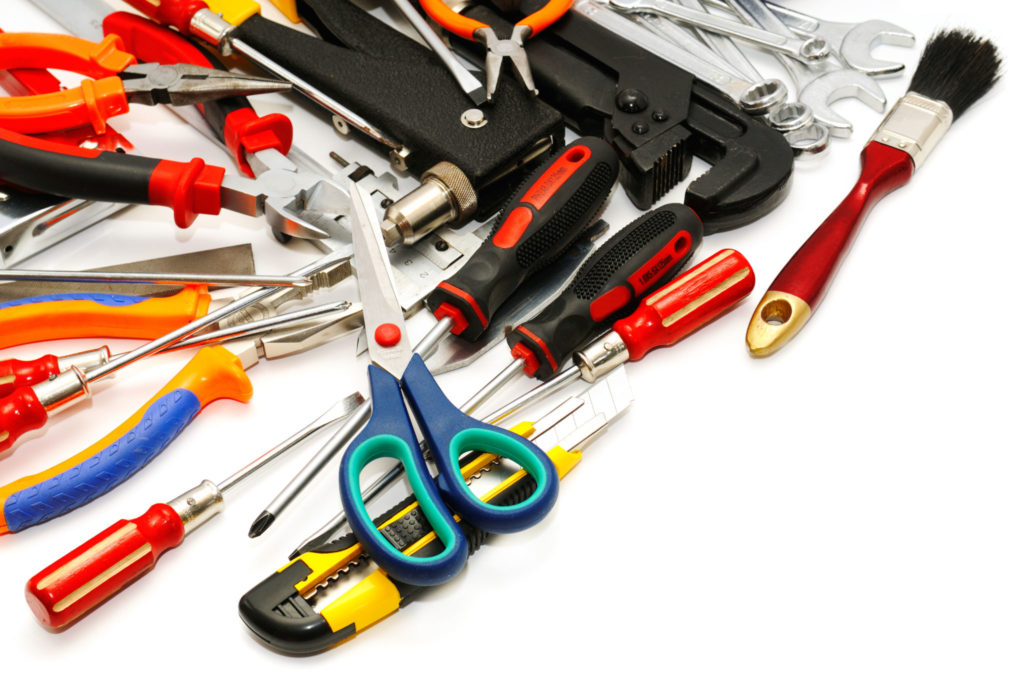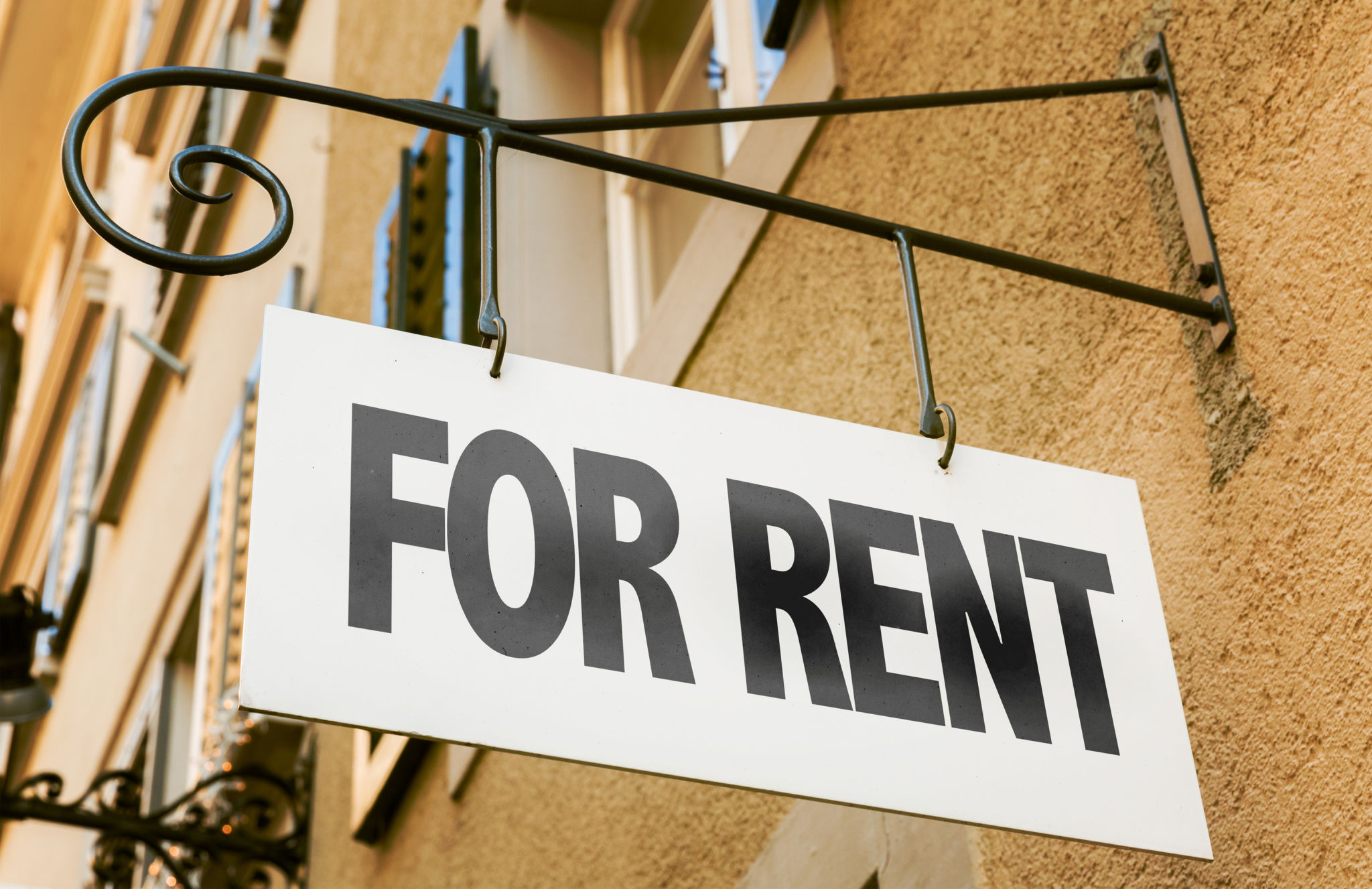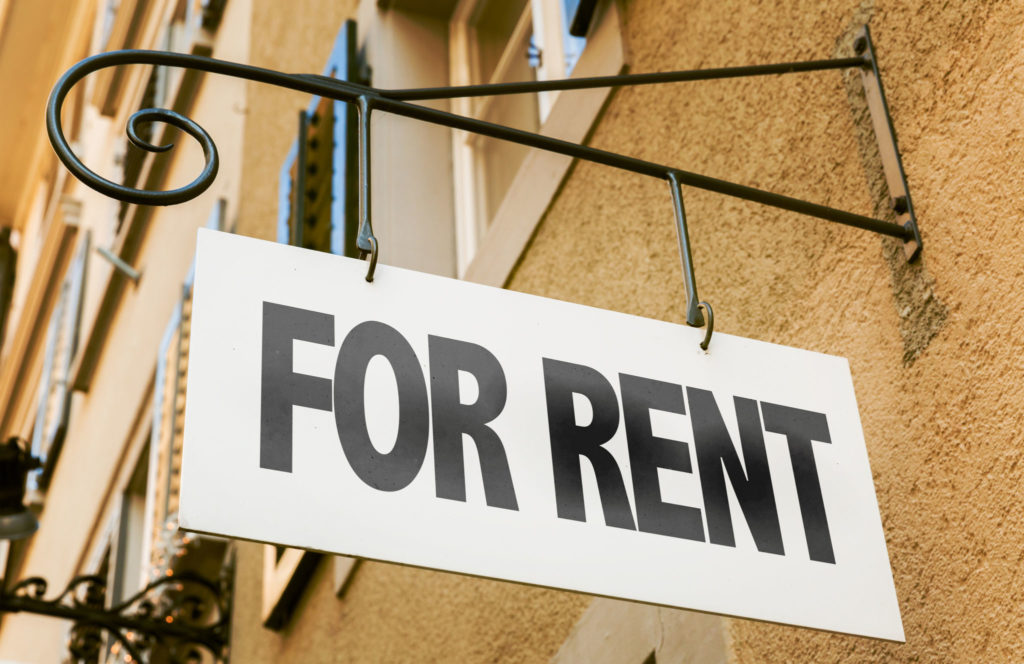Whether you refer to it as the loo, throne, potty or John, your toilet isn’t quite as indestructible as you may think. Sure, “toilets have an unlimited lifespan,” according to the National Association of Homebuilders, but only if the components inside the tank are maintained properly and leaks are attended to promptly.
Let the maintenance slide, however, and you can plan on spending an average of nearly $200 for repairs, according to homeadvisor.com. If you need to replace the whole thing, you’ll have a bill of about $375, but it could run as high as almost $900.
So, add a “potty check” to your list of routine home maintenance chores and then be kind to the contraption. It will save you money in the long run.
Check the toilet for leaks
One of the most common toilet repairs, according to Ted O’Brien, with O’Brien Plumbing in Kailua-Kona, Hawaii, is replacing the wax ring. “The wax ring is a gasket that seals the connection of the toilet bowl to the floor,” he explains. As the ring ages (it’s life span is typically between five and 10 years), it deteriorates, allowing water to seep from the toilet bowl.
A wax ring is inexpensive – as little as $3.50. Sure, the plumber will charge to install it, but what you’ll pay now is a lot less than if you don’t notice the leak and it continues, rotting the subfloor beneath and around the toilet.
A nasty odor is one of the first signs of a leaking wax ring. Odors can also occur from clogged drains, so further inspection may be necessary to determine the true cause. During your maintenance check, inspect the caulking around the base of the toilet to ensure that it’s still in good condition. Look for stains on the floor and, if the bathroom is upstairs, check the ceiling in the room below for signs of water damage. Step on the floor around the toilet. If it feels spongy, you may have a leak.
Check the tank’s components
The toilet won’t stop running – an all too common complaint that plumbers receive. Truthfully, however, it’s an easy problem to diagnose, according to the experts at familyhandyman.com. “There are really only two main parts: the flush valve, which lets water gush into the bowl during the flush; and the fill valve, which lets water refill the tank after the flush. When a toilet runs constantly or intermittently, one of these valves is usually at fault.”
Figuring out which valve is the culprit is easy as well, they say, and offer a photo tutorial on the website. If water is going into the overflow tube, suspect a defective fill valve. If, on the other hand, “the water level is below the top of the tube, the flush valve is leaking, allowing water to trickle into the bowl. . .preventing the fill valve from closing completely.”
O’Brien recommends that homeowners perform a quick visual inspection of the interior of the toilet tank every six months. Remove the lid and flush the toilet. Watch each component, ensuring that the flapper seals adequately and the fill valve fills to the appropriate water level.
Don’t use the toilet as a trash can
Plumbers find all number of items clogging pipes, from children’s toys to “flushable kitty litter” (which, it turns out, isn’t really flushable after all) and many enter the pipes via the toilet.
Avoid a visit from the plumber by avoiding flushing stuff that shouldn’t be flushed (“flushable” wipes, feminine hygiene products, paper towels, cigarette butts, etc.) Keep toddlers out of the bathroom as they have a habit of throwing things into the “potty” to watch them disappear.
Plumbers recommend that nothing but human waste and toilet paper be flushed down the toilet. “If it doesn’t break down in water, it’s not going to break down in the toilet,” warns Eric Corbett, owner of Larry and Sons Plumbing in Hagerstown, MD.
Feed the drainage system
“Consumer Reports says biological drain cleaners are useful at keeping drains free of organic material as long as pipes aren’t clogged,” according to Karen Gardener of The Frederick News- Post. Enzyme-based drain cleaners help dissolve soap scum, wads of hair and other substances that can build up and cause clogs. You can find these products online at Amazon.com and also at large home improvement stores.
Routine home maintenance is one of the less attractive aspects of homeownership. Ignore it, however, and you’ll likely end up spending obscene amounts of money to repair or replace what you fail to maintain.



















